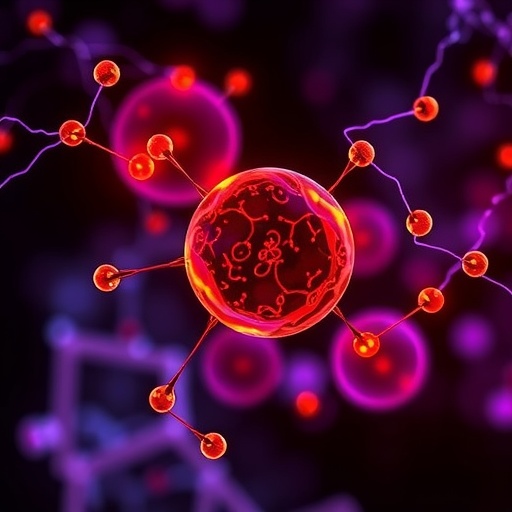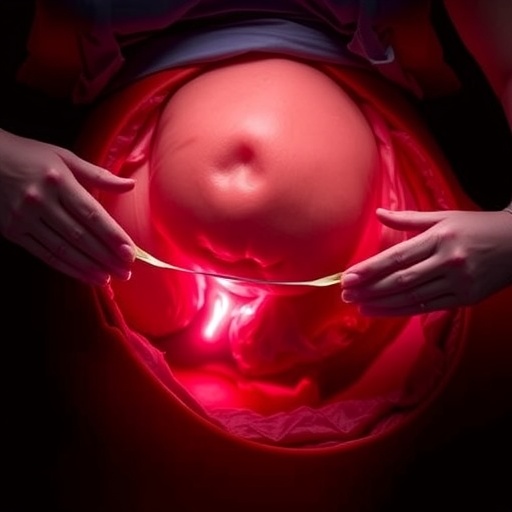NEW ORLEANS, La. (March 6, 2018)-According to the Burden of Musculoskeletal Diseases in the United States, females are four to five times more likely than males to sustain non-contact anterior cruciate ligament (ACL) injuries. While 36 intervention training programs have been described in literature since 1995, few have been scientifically proven to decrease ACL injury incidences and alter potentially dangerous neuromuscular movement patterns. A new poster presented at 2018 Annual Meeting of the American Academy of Orthopaedic Surgeons (AAOS), found that only two programs had a significant impact in improving multiple neuromuscular indices and significantly reduced non-contact ACL injury rates in female athletes.
"The increased risk of non-contact ACL injuries in women has been attributed to sex-based differences in lower-extremity anatomy such as a smaller ACL and generalized ligament laxity," said lead author, Frank Noyes, MD, president and medical director of the Noyes Knee Institute and president of the Cincinnati SportsMedicine and Orthopaedic Center. "Females also have different neuromuscular control and landing mechanics, and generally our female athletes are not strength trained as well as males. The good news is an athlete can alter their neuromuscular balance in jumping, cutting and twisting sports. Successful training requires a dynamic warm-up, supervised plyometrics, strength training for hamstrings, hip, core, trunk, and supervised agility training for cutting and pivoting motions."
The team reviewed published literature using PubMed from 1995 to 2016 and applied a scientific method to determine which programs are scientifically proven to decrease injury and improve neuromuscular movement patterns in a group of female athletes.
Among the 36 programs reviewed, only nine reported incidence of non-contact ACL injuries according to 1,000 athlete-exposures in trained and control female athletes. Of these, three effectively reduced the incidence of injury, all in high school athletes (Sportsmetrics, Prevent Injury and Enhance Performance Program (PEP) and Knee Injury Prevention Program (KIPP)). Only two, Sportsmetrics and PEP, were based on objective, scientific conclusions and have significantly decreased both the non-contact injury rate and altered dangerous neuromuscular movement patterns in female athletes.
"Studies have reported that 5 to 30 percent of patients who undergo ACL reconstruction will suffer a tear to either the reconstructed knee or contralateral knee upon return to sports activities," said Dr. Noyes. "Because of this, there is a staggering failure rate of ACL injuries in female athletes. Our hope is that clinicians interested in implementing ACL injury prevention training be aware of these problems and select a proven program. Investigators interested in developing new programs should change dangerous movement patterns, improve muscle strength, reduce muscular imbalances and decrease landing forces."
Further study findings:
The differences in injury rates between control and trained athletes, after program participation were:
- Sportsmetrics – 0.21 and 0.03, respectively (p = .03)
- KIPP – 0.48 and 0.10, respectively (p = .04)
- PEP – 0.49 and 0.09, respectively (p
Kinematic and kinetic data also were reported upon completion of Sportsmetrics and PEP training.
Factors involved in the failure of other programs to be successful included short training duration sessions, unsupervised sessions, lack of compliance with training schedules, lack of increasing challenge in training exercises, failure to include plyometrics with body positioning instruction, and lack of comprehensive strength training (lower extremity, core, trunk).
Dr. Noyes and a team of researchers at the Noyes Knee Institute began Sportsmetrics more than 20 years ago. Operating as a nonprofit organization, Sportsmetrics has decreased ACL injuries in athletes who participate in neuromuscular training by 72 percent (p=.0005).
Sportsmetrics is a six-week, intensive training program, in which athletes focus on jump and strength training, and must pass a test to determine if they have achieved the necessary skills. To date, Sportsmetrics has trained more than 3,670 female athletes in Cincinnati, Ohio, and certified more than 1,229 physical therapists, athletic trainers, and strength and conditioning coaches worldwide.
###
2018 AAOS Annual Meeting Disclosure Statement
The American Academy of Orthopaedic Surgeons
With more than 38,000 members, the American Academy of Orthopaedic Surgeons (AAOS) is the world's largest medical association of musculoskeletal specialists. The AAOS provides education programs for orthopaedic surgeons and allied health professionals, champions and advances the highest quality musculoskeletal care for patients, and is the authoritative source of information on bone and joint conditions, treatments and related issues.
Visit AAOS at:
Newsroom.aaos.org for bone and joint health news, stats, facts, images and interview requests.
ANationinMotion.org for inspirational patient stories, and orthopaedic surgeon tips on maintaining bone and joint health, avoiding injuries, treating musculoskeletal conditions and navigating recovery.
Orthoinfo.org for patient information on hundreds of orthopaedic diseases and conditions.
Facebook.com/AAOS1
Twitter.com/AAOS1
Instagram.com/AAOS_1
Media Contact
Lauren Pearson Riley
[email protected]
847-384-4031
@aaos1
http://www.aaos.org
http://aaos-annualmeeting-presskit.org/2018/research-news/acl_female_athletes_noyes/




